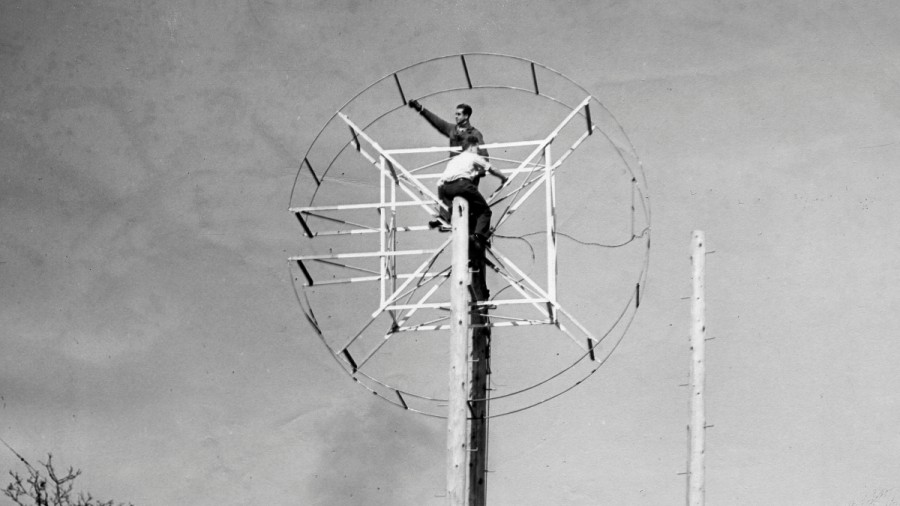World History Moment: Invention Of RADAR
By Julian Hayda, Jerome McDonnell

World History Moment: Invention Of RADAR
By Julian Hayda, Jerome McDonnell
WBEZ brings you fact-based news and information.
Sign up for our newsletters
to stay up to date on the stories that matter.
Radio, as a technology, has many uses beyond providing our favorite songs. In 1935, a group of scientists were devising a radio death ray when they discovered a way of tracking the placement of airplanes in the sky. The experiments proved very useful to the British during WW II.
Historian John Schmidt shares how the same radio waves we use to listen to WBEZ also helped defeat the Nazis.